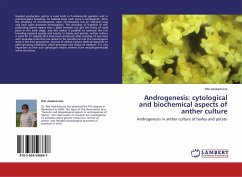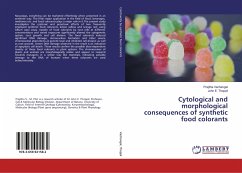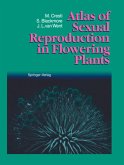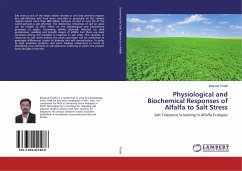Haploid production system is used both in fundamental genetics and in practical plant breeding. At haploid level, each gene is hemizygotic. After the doubling of chromosomes, each chromosome has an identical copy and each gene becomes homozygotic. The doubling of haploids of self-pollinating plants means that a plant breeder can get the fixing of small parts in the early stage, and this makes it possible to estimate the first breeding material quickly and exactly. In barley and potato, anther culture is used for F1 hybrids that have been produced after crossing of two lines with desirable traits that are aimed to be transferred into the homozygotic state in the first generation. Success of anther culture method depends on plant growing conditions, plant genotype and choice of medium. It is very important to find such genotypes whose anthers form morphogenetically active structures.








